

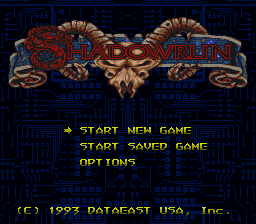
Shadowrun (SNES)
The original Shadowrun game design concept was developed by Gregg Barnett. It was very forward thinking according to Shadowrun map designer Justin Halliday but also rather technically infeasible. The games design document promised the feel of a 3D world. Halliday explains “It envisaged this beautiful isometric game on the SNES with forced perspective where you could move your character between foreground and background objects.” None of which had previously been done on the SNES.
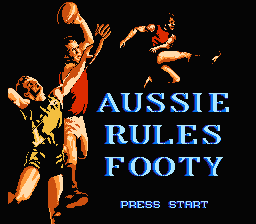
Aussie Rules Footy (NES)
Aussie Rules Footy was the first Australian Rules Football (AFL) game for console (1). It was developed by Beam Software and published under their Laser Beam Entertainment identity that Fred Milgrom created to publish Nintendo games locally. The game was only released in Australia.

Bad Street Brawler (NES)
Bad Street Brawler is a game title familiar to many for its celebrated place on “worst videogame ever” lists and its canonical status as one of only two games ever designed specifically for use with the infamous Mattel Power Glove for the NES. But its real story is that of Beam Software’s quest to develop for Nintendo in the late 1980s.
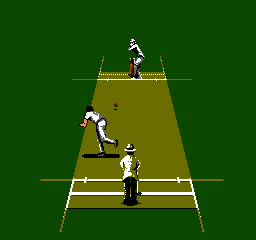
International Cricket (NES)
Released in 1992, International Cricket is the second of the Australian Sports Games Beam Software self published in Australia for the Nintendo Entertainment System (NES ) through their publishing arm Laser Beam Entertainment. It followed on from Aussie Rules Footy in 1991.
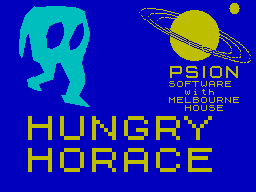
Hungry Horace
“Hungry Horace” was programmed by William Tang, but Alfred Milgrom contributed to the design of the inimitable Horace, a character created using minimum grid available. Milgrom sent a copy of the game to Psion Software in the UK. It was Psion’s close relationship with Sinclair Research which saw the Horace Games packaged with ZX Spectrum making it one of the first home computer game experiences for many people.

Jewels of Sancara Island
Matthew Hall‘s Microbee adventure game the “Jewels of Sancara Island” had survived the last thirty or so years as a Turbo Pascal listing has been resurrected by Alan Laughton from the Microbee Software Preservation Project. Hall was 12 years old when he wrote “Jewels of Sancara Island” at a school computer course. He used as his guide the book “Creating Adventures on your Commodore 64”. He explains “it was an adventure game, following the standard themes of the time. You wash up on a mysterious island. You have to find the jewels of Sancara Island and escape!”.
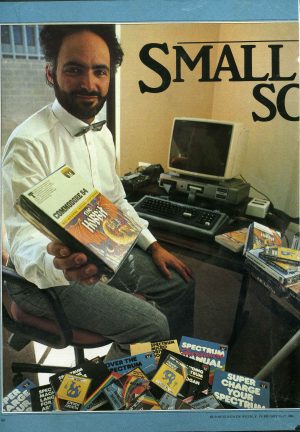
Alfred Milgrom
Alfred Milgrom co-founded Melbourne House publishing and Beam Software games development studio. Melbourne House established in 1978 with his wife Noami Besen was orginally a UK registered book publishing company. In 1980, Milgrom and Besen started Beam Software, the electronic gaming arm with distribution through Melbourne House. The name “BEAM” is an amalgam of their names. Beam became successful enough for Melbourne House to cease book publishing and to concentrate on electronic games.
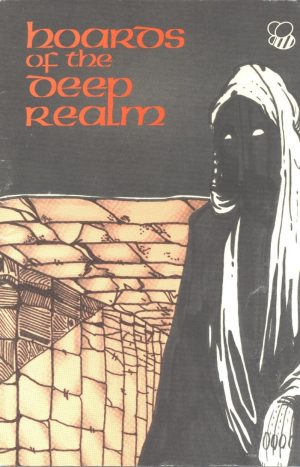
Vaughan Clarkson
Vaughan Clarkson started writing games when he was a schoolboy. Clarkson got a Microbee, which is the system he wrote “Gridfire” and “Hoards of the Deep Realm”. “Gridfire” sold somewhere in the vicinity of 1,700 copies. Clarkson recalls to make things work in “Hoards of the Deep Realm” he pushed the capabilities of the Microbree to its limit.

Veronika Megler
Veronika Megler worked at Beam Software when she was a computer science student in the early 1980s. She co-designed “The Hobbit” with Philip Mitchell. Megler was responsible for the creation of The Hobbit’s remarkable game world, alive with possibility and emergent events. A text world but one rich with with physics and populated by creatures and character all behaving autonomously.
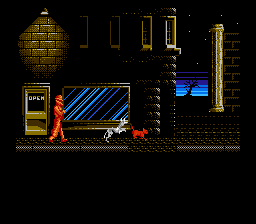
Nightshade (NES)
The genesis of Nightshade according to designer Pauli Kidd is that the higher-ups at Australia’s Beam Software wanted a “graphic adventure game that would be a whodunit” The game designed by Beam Software is described by GameSetWatch writer Todd Cioleyk as “offbeat superhero” a precursor to genre popularised in movies such as “The Tick or Mystery Men” (Cioleyk, 2007).

Mattel Pty Ltd
American Toy company Mattel was the official distributor of Nintendo products in Australia from 1984 to December 1993. The Mattel company was established in the USA in 1945 and became well known in the 1960s through its toy brands such as Barbie dolls and Hot Wheels cars. It opened its Australian office in 1968 in Cremone in Victoria
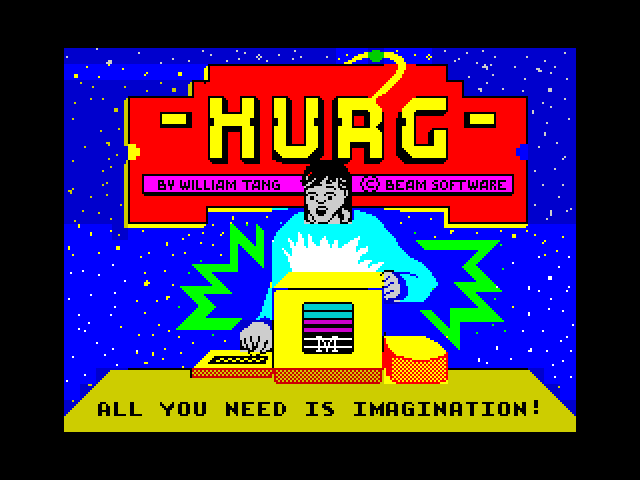
William Tang
Best known as the author of the Horace games William Tang was Beam Software’s first employee. He was studying commerce and computer science at the University of Melbourne when Alfred Milgrom hired him in December 1980 to work during his University break. Bundled with the Sinclair ZXSpectrum Tang’s Horace games were often the first computer games a generation of people played.
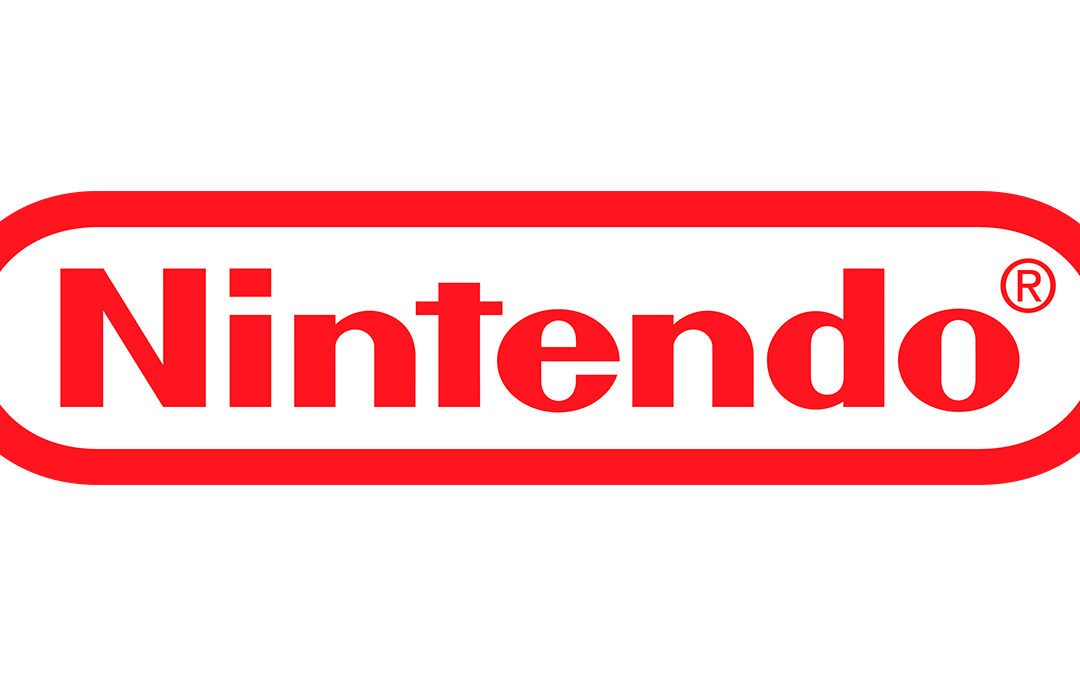
Nintendo Australia
Nintendo established its Australian office in 1994 (originally in Mulgrave, Victoria). Previously Mattel had been responsible for Nintendo products in Australia. Nintendo Australia’s inaugural joint managing directors were Graham Kerry and Susumu Tanaka. Graham Kerry came across from Mattel Australia where he had been a General Manager and Susumu Tanaka from Nintendo Japan.

Nintendo Europe
Nintendo Europe is a subsidary of Ninendo. The orginal office was established in Frankfurt, Germany in June 1990. Addition offices were opened in 1993 after the release of the SNES (Super Ninento Entertainment System) in the United Kingdom, Spain, France and Belguim.

Ultra Software Company
Ultra Games was a subsidiary publishing label of Konami. It was a shell company created to get around the strict Nintendo America licencing laws that limited third party publishers to a maximum of five NES titles per year. Konami established Ultra Games to expand its...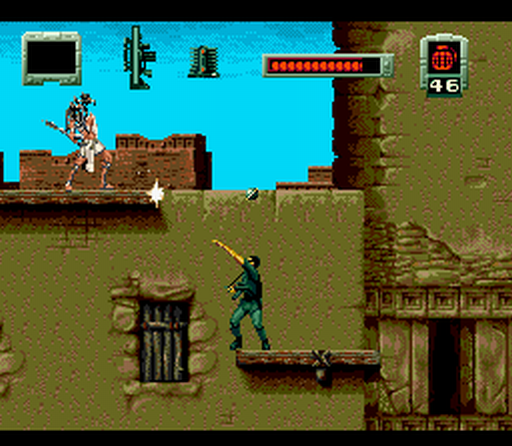
Stargate (SNES)
Stargate for the SNES is a licenced videogame tie-in for the 1994 movie of the same name starring Kurt Russel and James Spader. The game is a 2D action side-scrolling platformer where the player controls Colonel Jack O’Neil (the action hero played by Kurt Russel in the film).
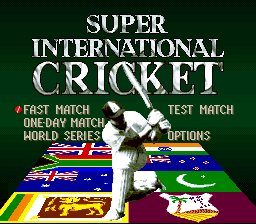
Super International Cricket (SNES)
“It recreates cricket almost perfectly , whether that is good or bad depends if you like cricket or not. It’s an excellent sports sim but lacks any arcade style fun.” (“Super International Cricket Review”., Total! Magazine , Issue 43, July 95, pages 34-35).
This summary by UK games magazine Total! provides a sense of the challenge of making a cricket videogame.
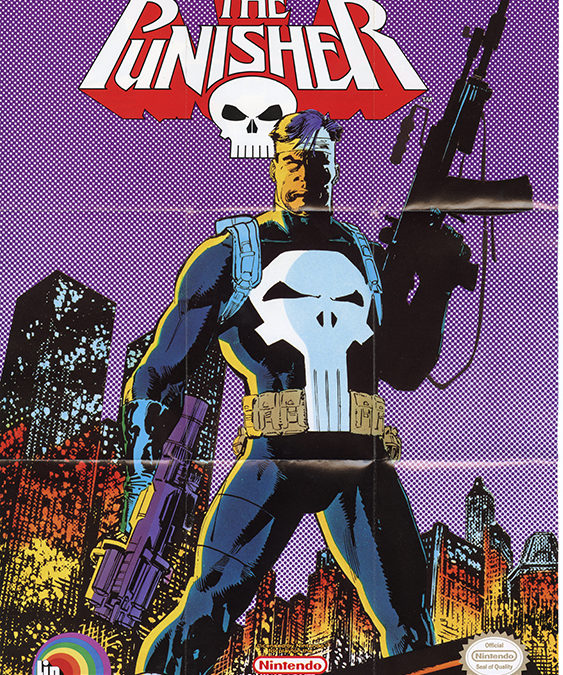
The Punisher (NES)
A rail-shooter The Punisher is relentless in its delivery of this sole arcade style mechanism. There are a lot of levels, but the game play is consistently “shoot it all”. The Punisher is an example of the kind of licensed title that underpinned that Australian Games Industry of the era when small local development teams met publisher demands of tight budgets and timelines to deliver games that kept players busy and the cash flowing.
